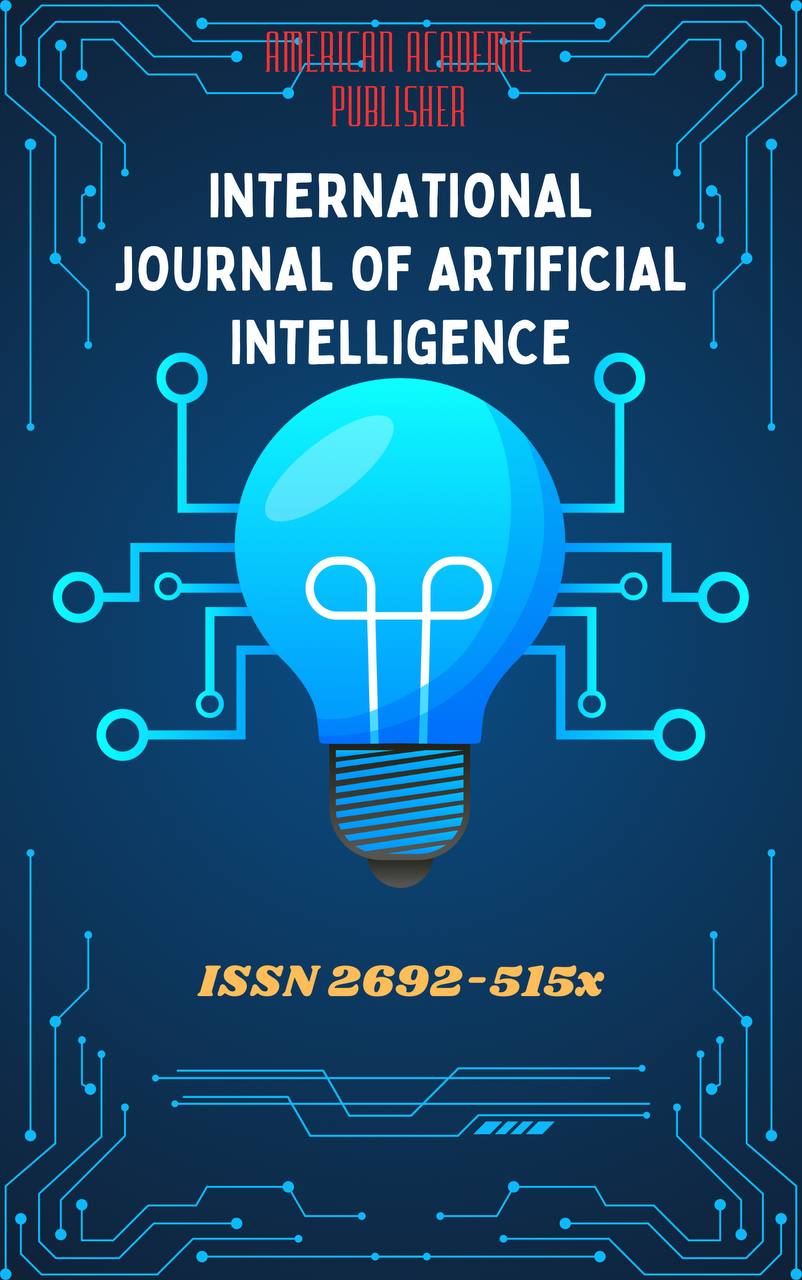 Articles
| Open Access |
Articles
| Open Access | «FAKE NEWS AND FINANCIAL MARKETS: MECHANISMS, EVIDENCE, AND POLICY IMPLICATIONS»
Mometova Danata , ВМА 76 RAbstract
This paper examines how misinformation, rumors, and fabricated news stories influence modern financial markets. The study builds on theories of information asymmetry, behavioral finance, and market microstructure to show that false information can trigger significant volatility, distort investor behavior, and erode trust in financial systems. Using recent global cases such as the Associated Press Twitter hack in 2013, the GameStop and AMC short squeeze episodes of 2021, the collapse of the Terra–Luna cryptocurrency ecosystem, and rumors that contributed to the Silicon Valley Bank crisis in 2023, the paper illustrates how digital platforms amplify misinformation. Special attention is also paid to emerging markets, including Uzbekistan, where Telegram channels and social media commentary often affect perceptions of currency stability and bank liquidity. The paper concludes with policy recommendations, emphasizing the need for stronger regulatory frameworks, improved market surveillance, and digital literacy programs for investors.
Keywords
References
• Media tone & markets: Tetlock, Journal of Finance (2007). Volatility modeling: Bollerslev, “GARCH,” Journal of Econometrics (1986).
• Social media diffusion: Vosoughi, Roy & Aral, Science (2018). AP Twitter hack market impact: CNBC (2013).
• Presidential tweet → LMT drawdown: Bloomberg; The Guardian (2016). Short-and-distort litigation: The Denver Post; Institutional Investor (Farmland Partners).
• China crypto headlines and BTC: Reuters (2021).
• SVB & social media runs: Jiang et al., NBER/SSRN (2023). SEC enforcement (U.S.): SEC press releases (2022–2023).
• FCA finfluencer/social-media rules (U.K.): FCA webpage/guidance.
• Vendor analytics for surveillance: Bloomberg BNS; Refinitiv MarketPsych.
Article Statistics
Downloads
Copyright License

This work is licensed under a Creative Commons Attribution 4.0 International License.

